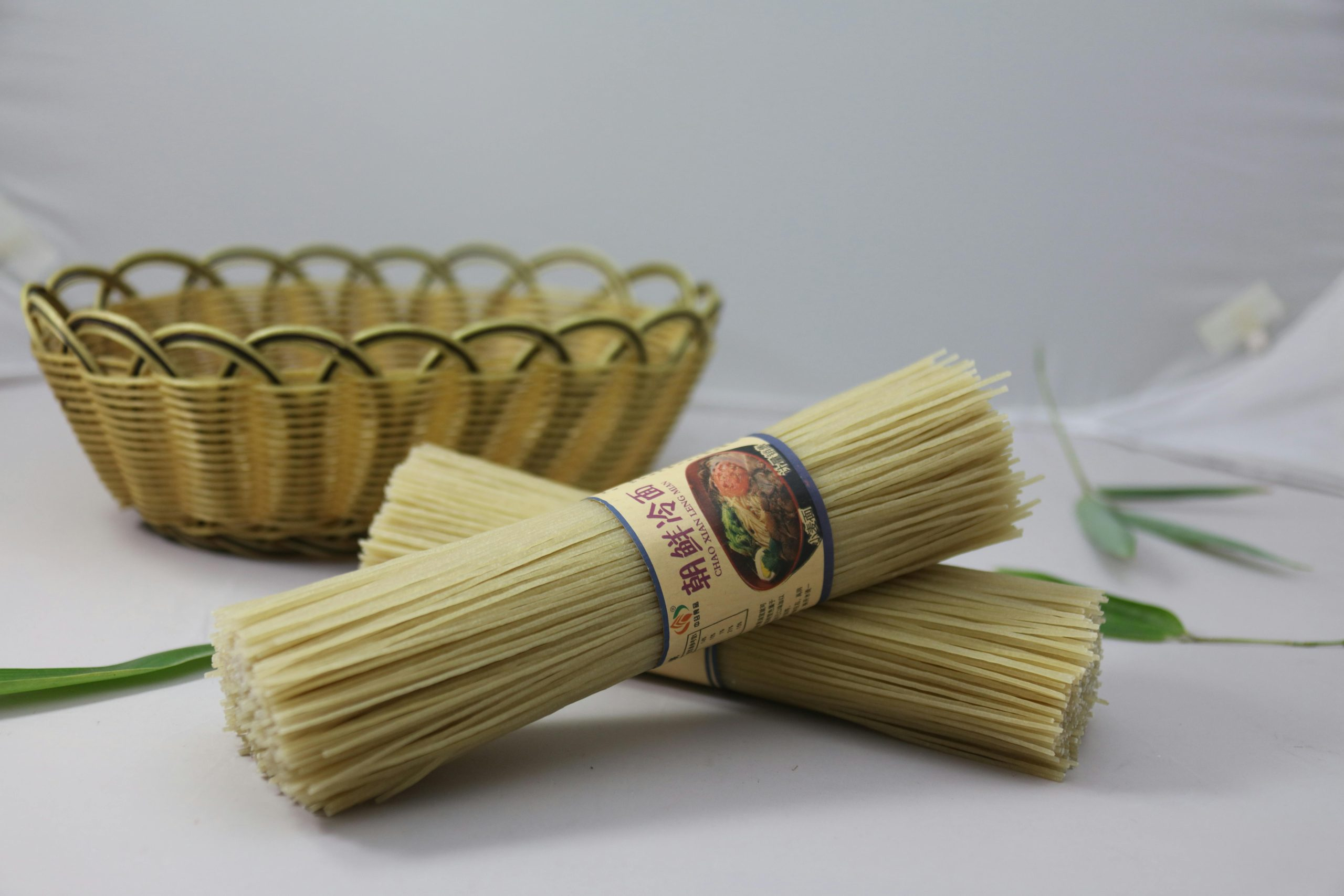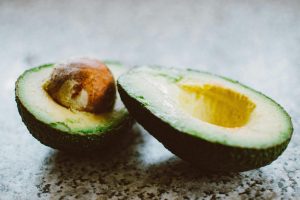Minimalist Cooking: Embracing Simplicity in Your Kitchen Routine
In today’s fast-paced world, we’re bombarded with the need to constantly do more, have more, and achieve more. This pressure often extends to our daily routines, especially in the kitchen. With social media platforms inundated with elaborate recipes and exotic ingredients, it’s easy to develop a complex and time-consuming cooking routine. However, in recent years, there has been a rise in the popularity of minimalist cooking, which focuses on embracing simplicity in the kitchen. In this article, we’ll explore the concept of minimalist cooking, its benefits, and how you can incorporate it into your daily routine.
The Basics of Minimalist Cooking
At its core, minimalist cooking is about simplifying your approach to food and cooking. It’s about using a minimal number of ingredients and techniques to create delicious and nourishing meals. This doesn’t mean that you have to compromise on taste or variety; instead, minimalist cooking encourages you to focus on quality over quantity. By stripping back unnecessary components, you can truly appreciate the flavors of your meals. Plus, minimalist cooking often requires less time, effort, and money compared to more elaborate cooking methods.
The Benefits of Embracing Simplicity in the Kitchen
The benefits of minimalist cooking extend beyond just saving time and money. By streamlining your cooking routine, you can also reduce waste, as you’re less likely to buy ingredients that you won’t use. Additionally, minimalist cooking can help you develop a deeper appreciation for food and where it comes from. When you’re using fewer ingredients and techniques, it’s easier to focus on the quality and sourcing of those ingredients. This can lead to a greater connection to your food and a more mindful approach to eating.
Incorporating Minimalist Cooking into Your Routine
If you’re used to relying on complex recipes and cooking techniques, transitioning to a minimalist approach may seem daunting. However, with a few simple changes, you can start to embrace simplicity in the kitchen.
Start with Your Pantry
The first step towards minimalist cooking is taking a look at your pantry and assessing which ingredients you truly need. Get rid of any expired or rarely used items and stick to a list of essential pantry staples. This will not only save you money but also make it easier to plan meals and avoid food waste.
Simplify Your Meals
When planning your meals for the week, focus on meals that require minimal ingredients and preparation. One-pot dishes, such as stir-fries or stews, are great options as they require fewer pots and utensils, making cleanup a breeze. You can also opt for meals that can be prepped in advance and stored for several days, such as soups and salads.
Use Seasonal Ingredients
Another way to simplify your cooking routine is to use seasonal ingredients. Not only are they often less expensive, but they also add variety and flavor to your meals. Seasonal produce also tends to be more nutrient-dense, as they are harvested at their peak ripeness.
Experiment with Simple Techniques
Sometimes, all it takes to elevate a simple dish is a different cooking technique. For example, try roasting vegetables instead of steaming or boiling them. This can bring out new flavors and textures, making your meal more satisfying and enjoyable.
Conclusion
Minimalist cooking is not about cutting corners or sacrificing flavor. It’s about finding joy in simplicity and being intentional with your food choices. By incorporating minimalist cooking into your routine, you can save time, money, and reduce waste, all while enjoying delicious and nourishing meals. So, next time you’re in the kitchen, remember to keep it simple and savor the true essence of your food.











